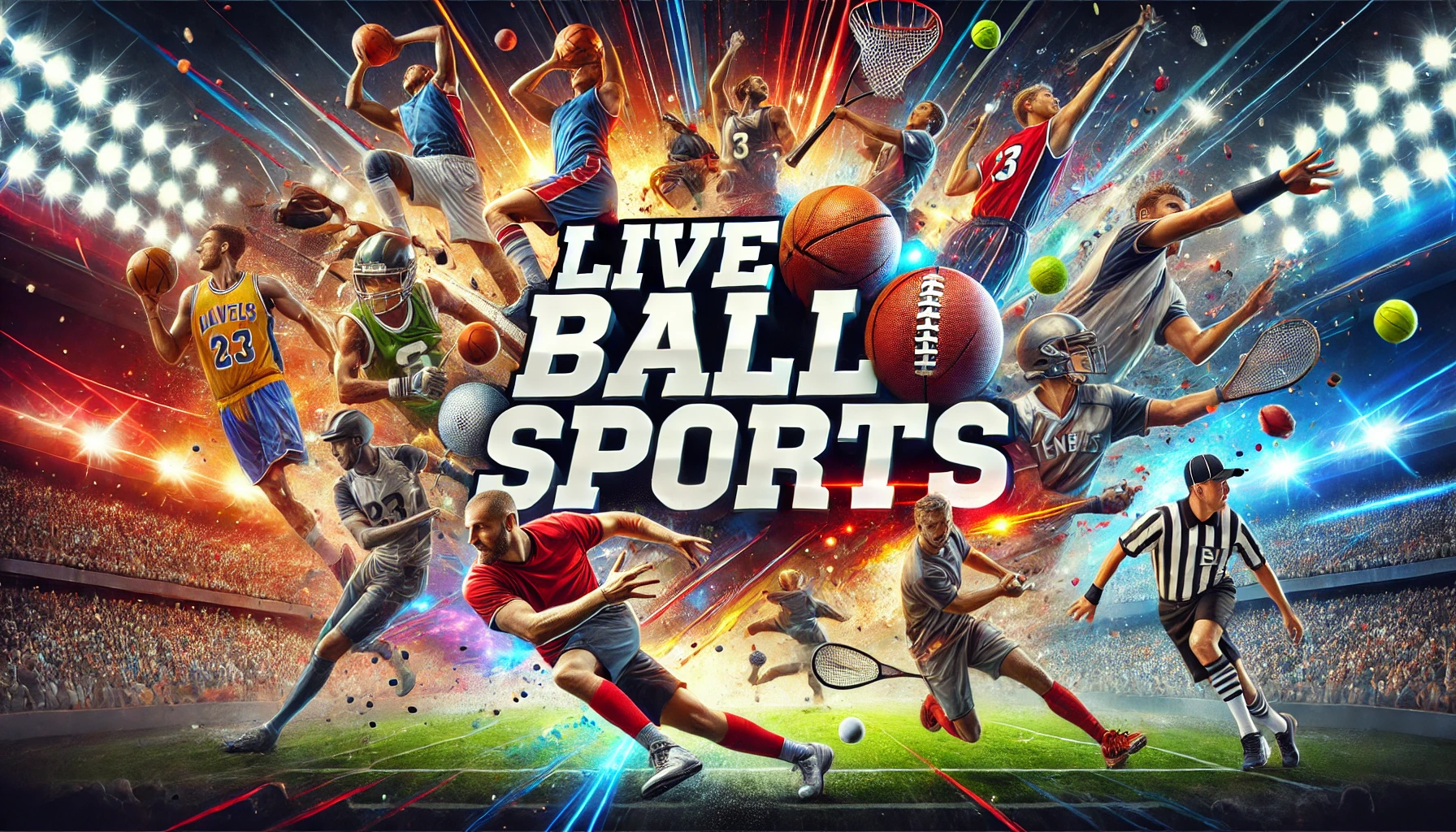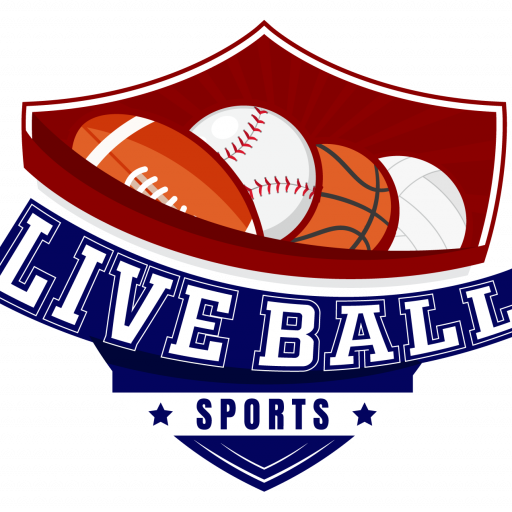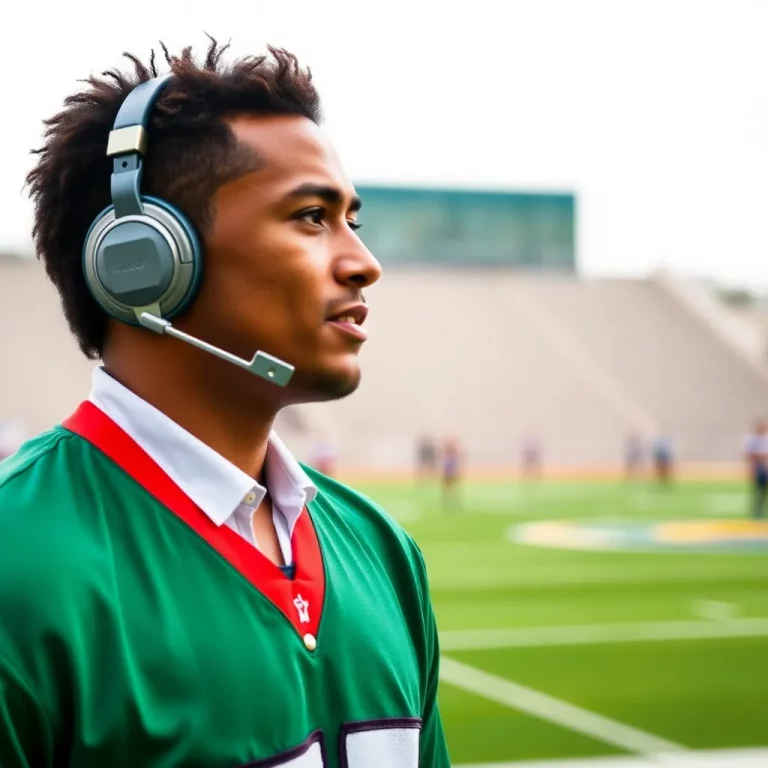In a historic turn of events for college athletics, a multibillion-dollar legal settlement that allows colleges to pay their athletes directly has been approved in California. On Friday, Judge Claudia Wilken gave the green light to a deal between the NCAA and several powerful college conferences, as well as lawyers representing Division I athletes. This settlement marks a significant change in collegiate sports, as it ends three federal antitrust lawsuits centered around the claim that the NCAA was unfairly limiting athletes’ earning potential.
The approval comes just weeks before schools plan to start cutting checks to athletes on July 1. This means that college sports must now hustle to set up the necessary infrastructure to support these payments. Over the next decade, the NCAA is set to pay approximately $2.8 billion in back damages to athletes who have competed in college since 2016. As for future payments, individual schools will be able to pay their athletes up to a certain limit, initially expected to be around $20.5 million per school by the 2025-26 season, with increases each year.
This monumental ruling follows previous efforts to change outdated amateurism rules in college sports. Since 2021, athletes have been permitted to profit from endorsements through name, image, and likeness (NIL) deals, leading to a surge of financial support from boosters and collectives for players, predominantly in high-profile sports like basketball and football. However, with these new direct payments from athletic departments, the landscape of college sports is set to shift profoundly.
Many figures within the college sports industry are optimistic that this deal will help prevent unchecked financial inflow from third-party agreements. NCAA President Charlie Baker and others argue that the new rules may provide schools a chance to manage their athletic expenses better and avoid potential financial turmoil ensuing from players transitioning into employee status. As this new chapter begins, the NCAA is calling for new federal legislation to define the status of athletes and could provide legal protections to maintain the stability of college sports.
Notably, the agreement isn’t without its challenges. There are concerns about whether the spending limits on boosters will adequately preserve competitiveness among teams. In short, while this settlement signifies a big step forward, the future of college sports continues to be a topic of considerable discussion and legal scrutiny.
As schools gear up for these changes, several important dates have been established, with the beginning of direct payments to student-athletes slated for July 1, 2025. A new enforcement body, the College Sports Commission, is set to monitor compliance with these agreements and oversee the implementation of related rules. This commission will be led by Bryan Seeley, who has been tasked with building the teams responsible for enforcing these upcoming regulations and ensuring they are followed.
Overall, this watershed moment promises to reshape college athletics substantially, benefiting countless athletes while also presenting new challenges for universities and their athletic departments.


